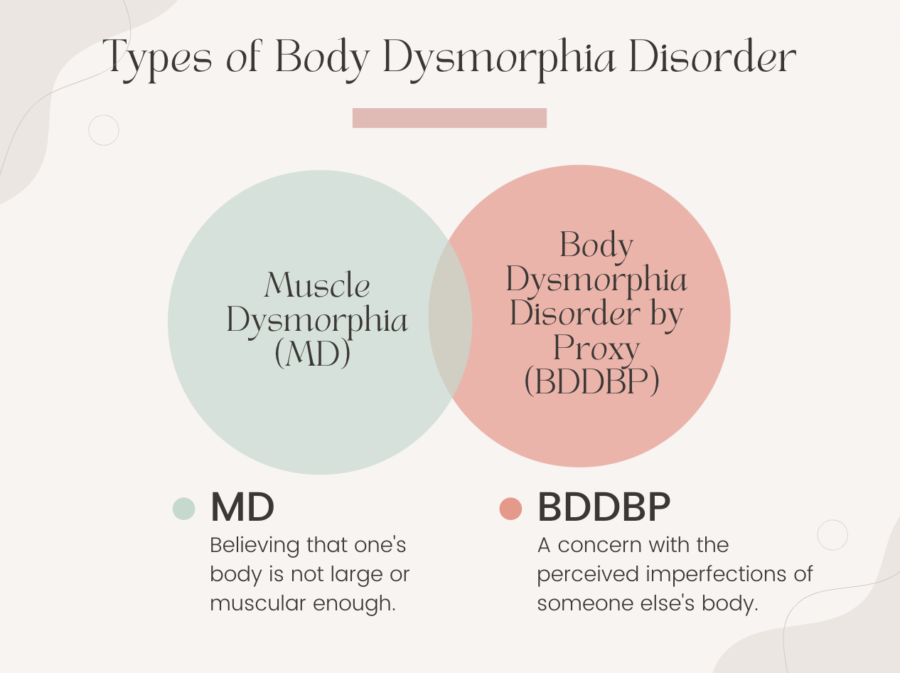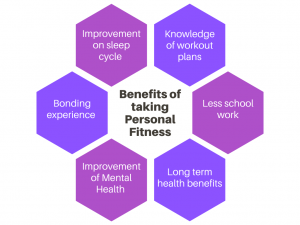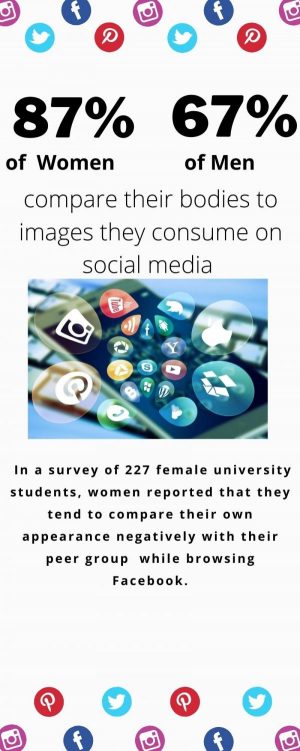‘Do you even lift, bro?:’ toxic gym culture perpetuates harmful lifestyles
Body Dysmorphic Disorder is a mental condition that can affect any member of the pollution, but especially gym goes experiencing negative gym environments.
Extreme carb deficits, strict fluid-only diets and compulsive exercise are some examples of toxic fitness plans. Personal fitness is a commitment to bettering oneself. However, pressure from other gym-goers, witnessing twisted forms of “fitness journeys” on social media and personal toxic ideals, can all lead individuals down a darker fitness path.
When thinking about addiction, oftentimes images of drugs and alcohol come to mind. However, not all forms of addiction are tangible, such as exercise addiction. According to the National Center for Biotechnology Information (NCBI), negative gym environments can cause exercise addiction, appearance anxiety and body dysmorphic disorder (BDD).
Conditions such as exercise addiction, a debilitating obsession with physical fitness, and BDD, a mental obsession over perceived flaws, can potentially plague insecure gym participants. Those already experiencing exercise addiction or BDD may suffer more greatly from the overuse of a variety of fitness products. These can include illicit drugs used to boost performance, informing the need for educating and supporting those suffering from body image issues.
According to NCBI, the irresponsible use of drugs like anabolic androgenic, a steroid used to hasten muscle recovery, can lead to conditions such as sudden cardiac arrest. Considering the main intention of fitness is to promote health, it would be ill-advised to risk one’s life simply to fit an expectation or goal.
Negative gym environments affect all sexes as well. According to Bradley University, women are generally encouraged to focus on the circumference of their waist. However, as reported by ScholarWorks, thinner-built women face increased ridicule in toxic gym environments due to them being expected to look not only lean but also muscular. This expectation is unfair because the effort put into the gym is not the only thing that decides build; something like genetics, which is out of any individual’s control, also affects everyone’s fitness journeys.
For males, societal expectations to consistently exist at top fitness level with a “Greek-god-like” exterior are also a heavy burden to bear. Although looking lean yet muscular isn’t the only unhealthy body expectation for men, it can be exacerbated by pressures within gym settings, as reported by Bradley University.
Additionally, men are more likely to obtain an atypical eating disorder and substance abuse issues compared to women. Self-image issues from within gym experiences can then stretch to their daily lives, like what they put into their bodies, as reported by Bradley University. In the same vein as females, a fit appearance is not a prototype that should be used across all individuals because it’s different for each person.
Phrases thrown around like “Do you even lift, bro” and ego-lifting, have also contributed to a growing malignant gym setting. According to NCBI, integrating these phrases and mindsets into gym-goers’ thoughts can lead to a significant risk of illness.
Gym personalities are not the only negative effect of gym culture. Misinformation spread on social media about gym expectations and culture can lead to even larger distorted perceptions of health and fitness. According to Snap Fitness, it’s unfair to prescribe the same workout routine to an entire population because not everyone can handle restrictive diets, lifting heavy weights and high-intensity workouts.
Personal fitness should be just that—personal. There is no one perfect body, perfect diet or perfect gym routine. In order to promote a healthier gym environment for anyone invested in that enterprise, it’s critical not to stay only at one’s own squat rack but also within one’s own lane.
Your donation will support the student journalists of Chantilly High School. Your contribution will allow us to cover our printing and annual website hosting costs.

Jada McGlothin is a junior in her second year of the Purple Tide. She enjoys playing field hockey and soccer with her friends and doing yoga with her mom....











